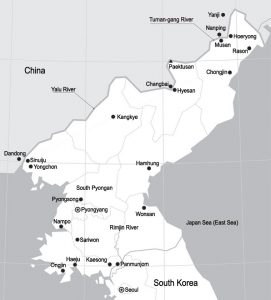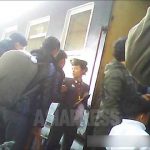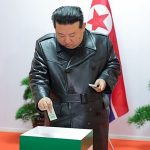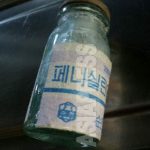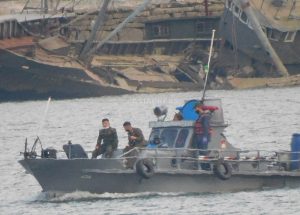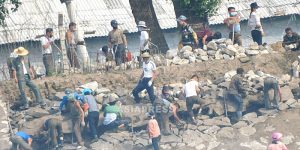In addition to the existing trains, diesel locomotives were installed on some of the train lines in early 2015. The state-fixed price of the tickets between Hyesan and Pyongyang for sleepers was 85,000 Won, thirty times higher than the normal price. The price of the state-owned train system is set low since it is solely run on electricity. However, diesel locomotives running on oil, charge more since their operation costs are higher. Being expensive, yet punctual, the diesel trains were popular among the richest of the country.
Related Article: [Video Report] National bus network of the North Korean market economy
The list below shows the examples of the “boricha” price as of September 2013 according to a reporting partner inside North Korea.
Pyongyang―Sariwon 3,500 Won /51km
Pyongyang―Pyongsong 3,000 Won /41km
Pyongyang ―Hamhung 35,000 Won Distance unknown
Pyongyang ―Wonsan 15,000~17,000 Won 200km
Hyesan―Chongjin 100,000~110,000 Won Distance unknown
As of December 2013, 1,000 Won is equal to 0.12 USD based on my research.
As long as one has money, one can move across the country in a day. Therefore, the flow of people and goods, or commerce, has become much more efficient. In a period of fewer than 20 years, surprisingly, the nationwide long-distance bus network has been established. Interestingly enough, it was not achieved through policy or the leadership of the Party, but by the force of the markets.
[To be continued in part 5]<Market Economy in N.Korea> View article sections
【Related Article】
◆ Is Economic Sanction Really Effective? Searching Effect from Retail Price Index
◆ Delinquent Juveniles Mobilized For Forced Labor
◆ [Video Report] Back alley of Pyongyang: Never let foreigners go. Residents of central Pyongyang live on businesses in the market
 * Editor’s notes on North Korean reporters
* Editor’s notes on North Korean reporters
ALL REPORTS >>>
ARCHIVE(pdf) >>
DPRK MAP >>
